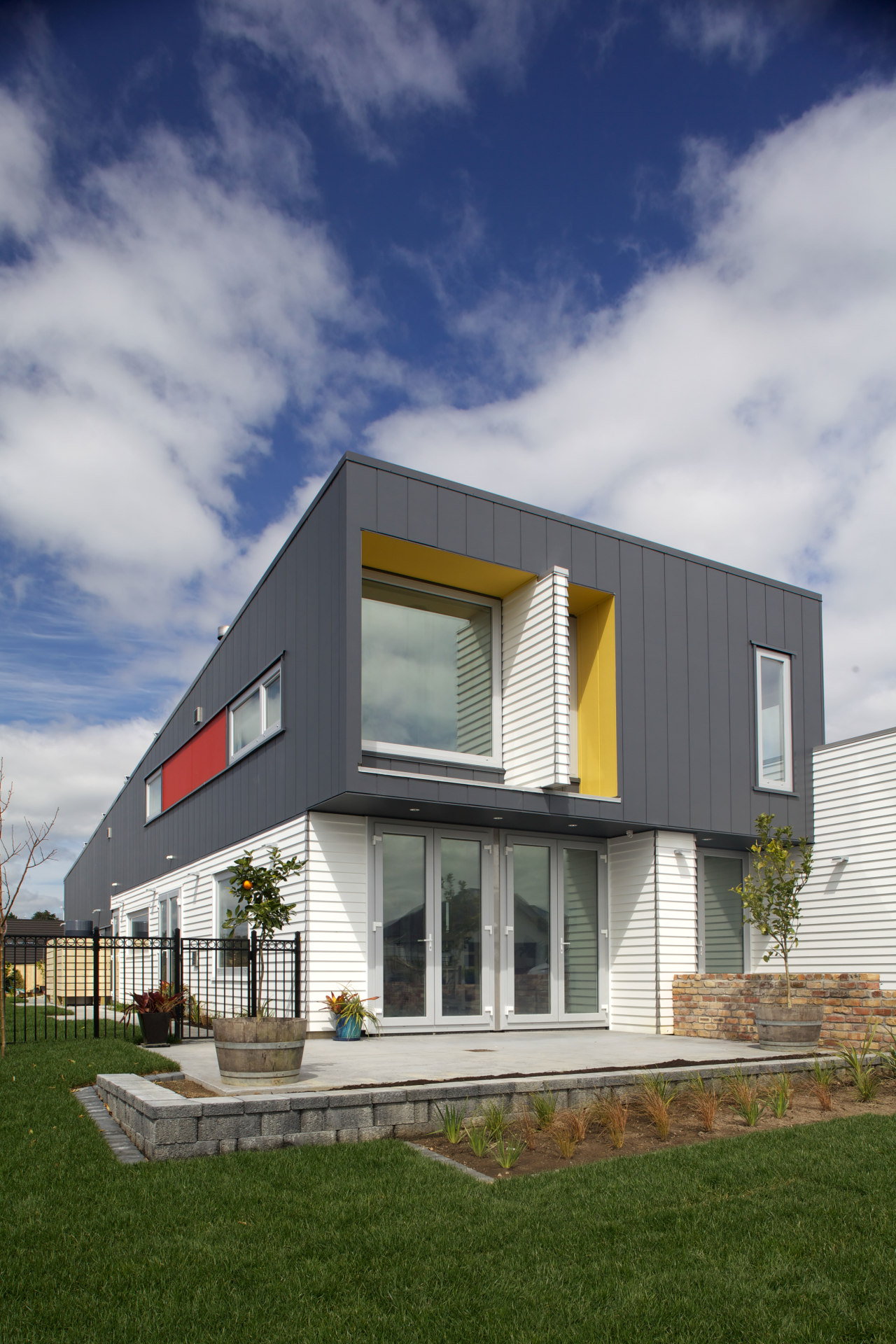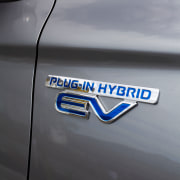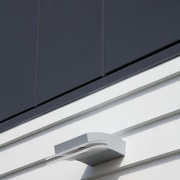Ideal House designed to 8 Homestar design rating, German Passivhaus requirements
Eco-friendly house achieves 8 Homestar rating thanks to extra insulation, photovoltaic cells, heat recovery ventilation system

Every new home built today has to meet a raft of criteria aimed at increasing energy efficiency and creating a healthy living environment. But how much more can be achieved when the concept of sustainability is pushed even further?
That is precisely what the team behind the design of this new house set out to discover. Homeowners Murray and Lee Ann Durbin commissioned architect Stephen Smith of S3 Architects to design their new family home to be certified under the German Passivhaus standard. The Ideal House, as it is known, was also designed to achieve an 8 Homestar rating.
Smith says he worked in conjunction with structural engineer Paula Hugens from eZED, a company that undertakes thermal modelling with a focus on low- or zero-energy projects.

"The rationale behind a Passivhaus is to have a completely airtight construction with very high insulation values," Smith says. "The airtightness can be measured with a Blower Door that pumps air into and out of the home. This has been recorded at 0.45 air changes per hour at 50 pascals of pressure, which is well under the 0.6 level requirement for a Passivhaus design."
As well as having totally airtight doors and windows, and extra insulation in the roof, walls and floor, the design depends upon a heat recovery ventilation system. This brings in fresh air from outside, but a German heat exchange system ensures inbound air temperature is nearly the same as the outbound air, so the temperature in the house remains constant. This is maintained at around 23°C in this house, and is never lower than 20°, even without any form of heating.
"We kept the building envelope fairly simple, and kept the garage outside of this," says Smith. "The ratio of the outside wall area to the volume inside maximises energy efficiency. And the low monopitch roof is the most efficient for rainwater harvesting. At the front the roof soars up to gain optimum benefit from the sun's heat in winter."
Photovoltaic panels (8kW) on the roof of the house, from Ideal Electrical, supply more than the home's energy requirements, with excess energy fed into the national grid.
Murray Durbin says data concerning power usage and internal versus external temperatures will be published on a regular, ongoing basis.
Credit list
Architect
Paints
Insulation
Tiles
Outlander Plug-in Hybrid SUV
Cladding
High-performance membranes
Door and window joinery
Central vacuum system
Story by: Colleen Hawkes
Photography by: Jamie Cobel
Home kitchen bathroom commercial design
Home Trends Vol. 30/10
New Home Trends features top locations from New Zealand and the rest of the world. New Home Trends is dedicated to provi...
Read More













